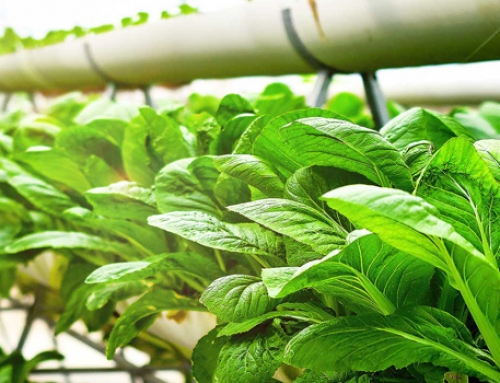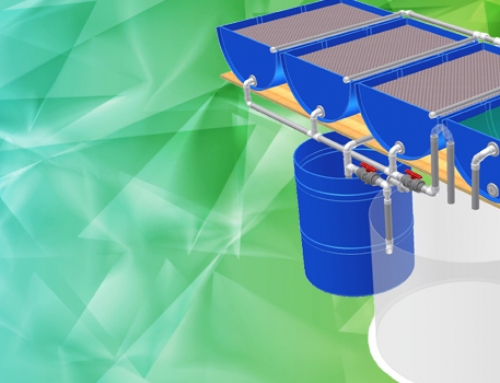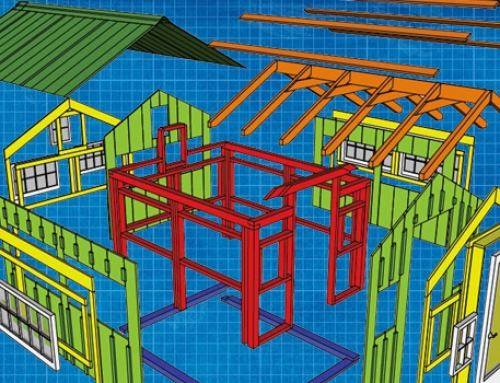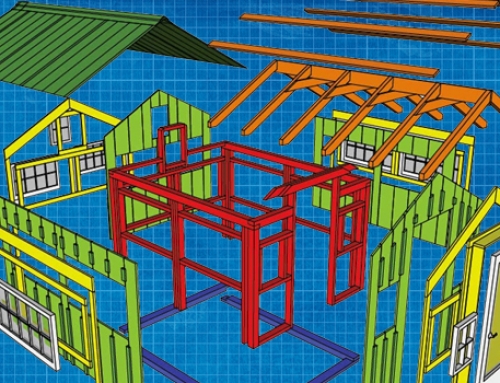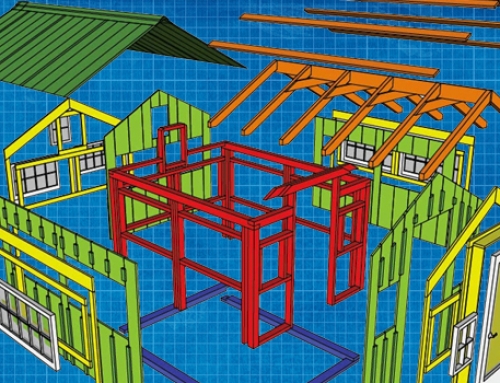Project Description
It is essentially a microcosm of the greater ecosystem that we are all aware of… with the condensation (rain or snow) falling from the clouds nurturing the plants and animals encouraging growth and blooming. However, Aquaponics is a bit more efficient than that. here’s a “cloud’s eye view” of how aquaponics work.
First off: The fish, which form the aquaculture part of an aquaponics system, are provided with fresh, clean water to grow in and food that provides the nutrition they need. A natural consequence of this is that the water soon becomes filled with fecal matter and waste from the fish. Over time, this water can become toxic and endanger the lives of the fish. The other component of an aquaponics system is the hydroponic (or water) portion, wherein plants and crops are grown in nutrient-rich water. Over time, this water also becomes toxic, lacks nutrients, and is riddled with plant waste.
As the nutrients from the fish waste are gradually used up by the plants, the water becomes depleted of nutrients. However, this depletion of nutrients makes the water usable for the fish to grow in, as it is no longer toxic to them. The water is therefore pumped back to the fish tank, where it remains till it is again filled with fish waste. An aquaponics system works on the continuous recycling of water between the fish tank and the grow bed, thereby minimizing the requirement for more water or external fertilizers.
An aquaponics system has several advantages for you and me. It minimizes the production of waste, both from the fish tank and from the rest of the system. If all these are used independently, these waste materials are usually disposed of in the environment. Another major advantage is that aquaponics makes it possible to grow crops in areas that have water shortages. This is because, after the initial setup, minimal water is required, only to replace that lost due to evaporation and plant transpiration. This amount is minuscule when compared to the amounts used and wasted in traditional fish culture and plant farming (permaculture) settings. Aquaponics systems also remove the dependence on fertilizers or pesticides for the cultivation of crops. The absence of soil makes this system a practical possibility in any environment that can be regulated between certain temperatures.
Contact Us to see how we can get you going on your first Aquaponics System!

